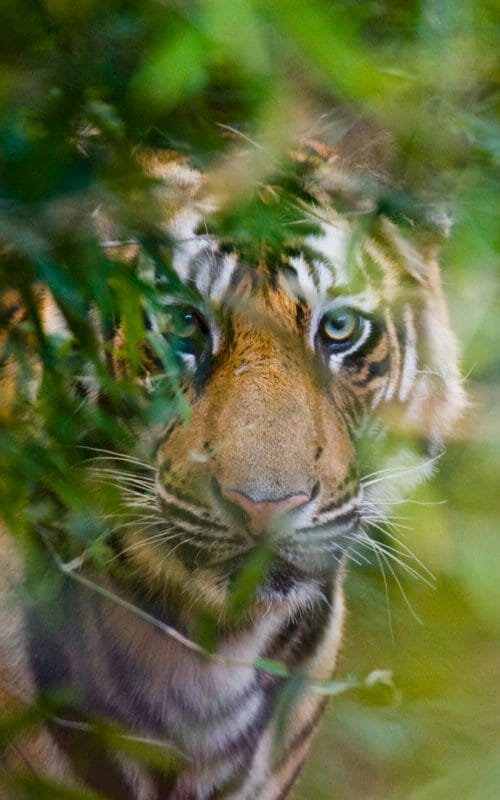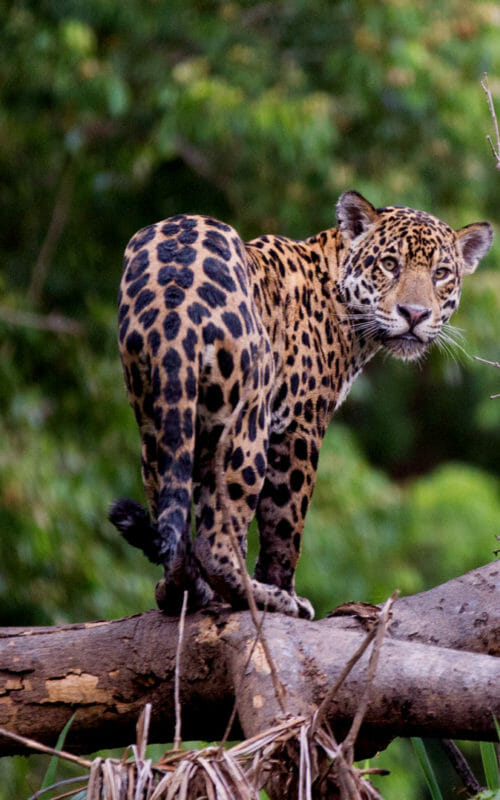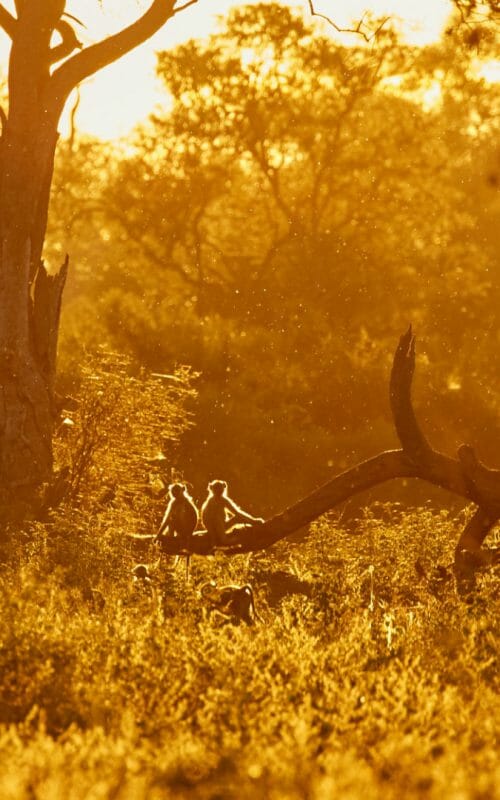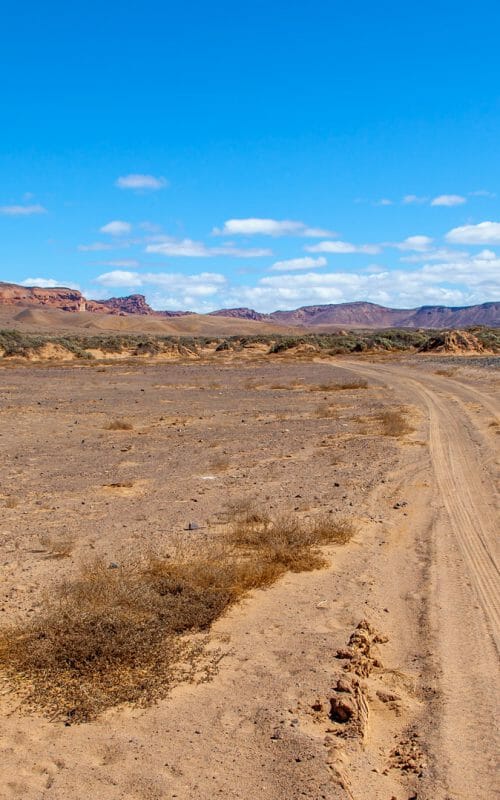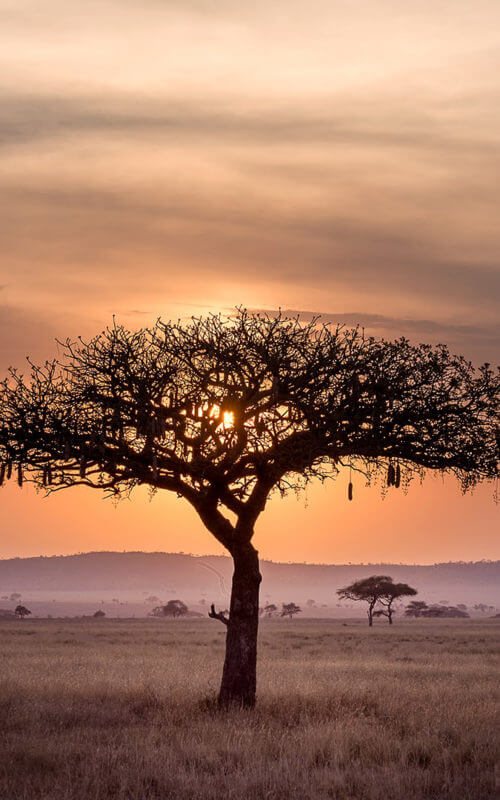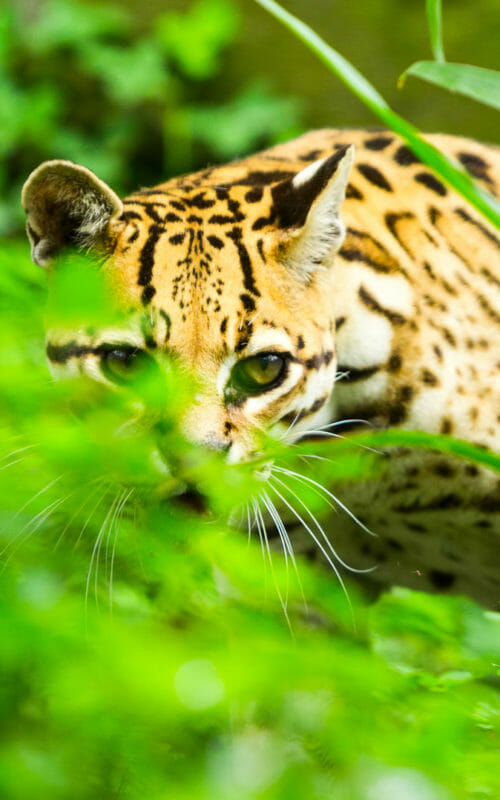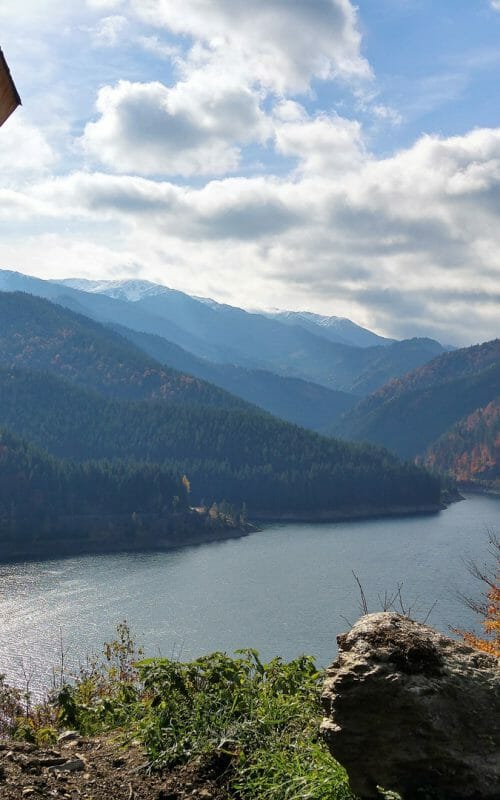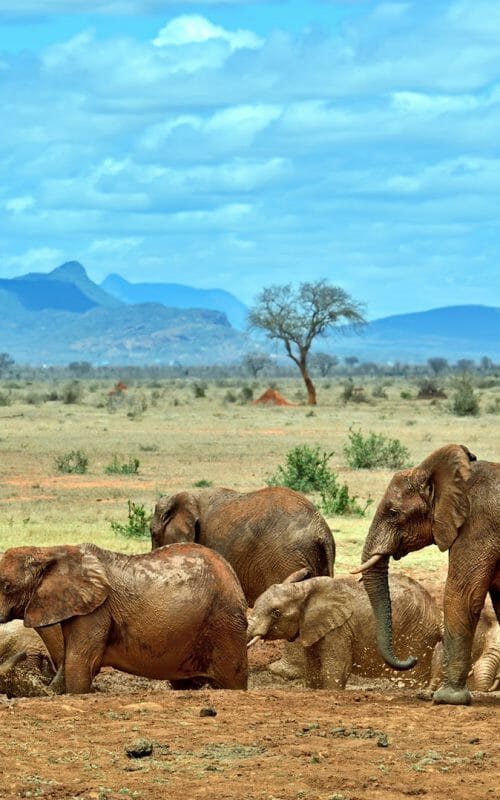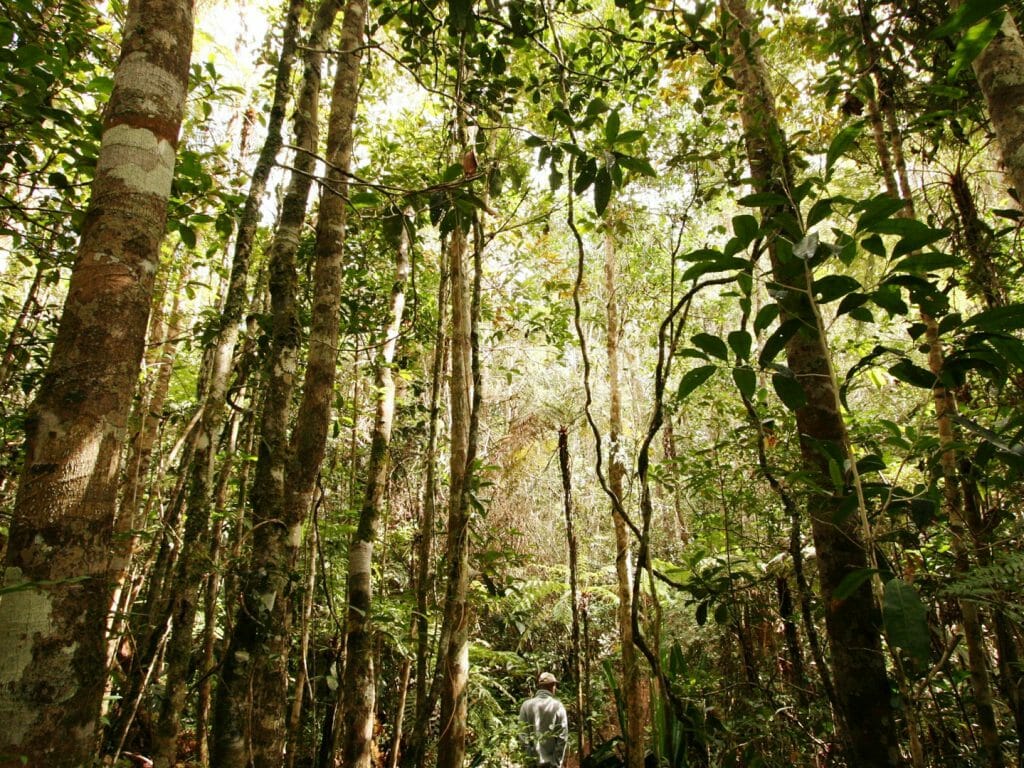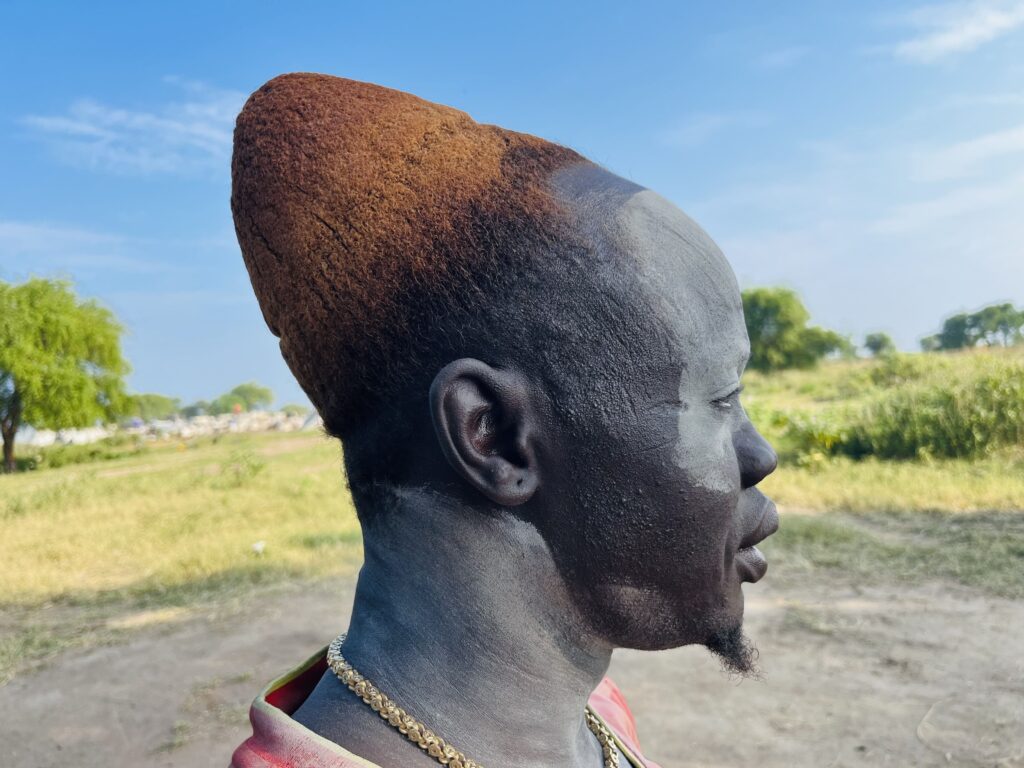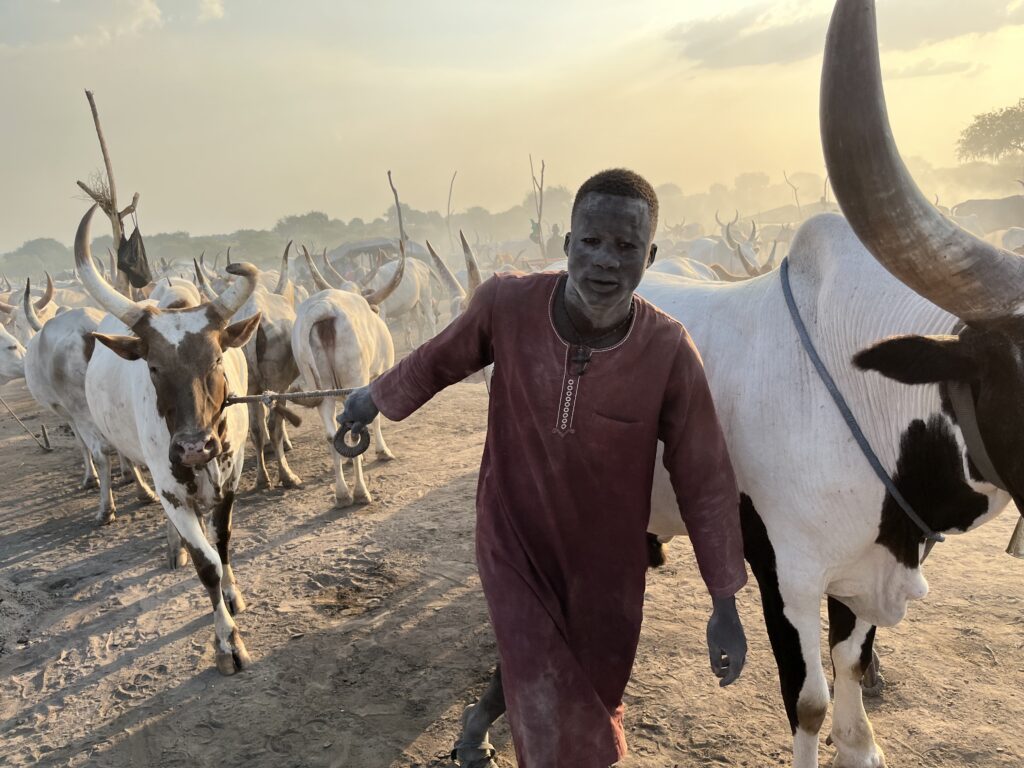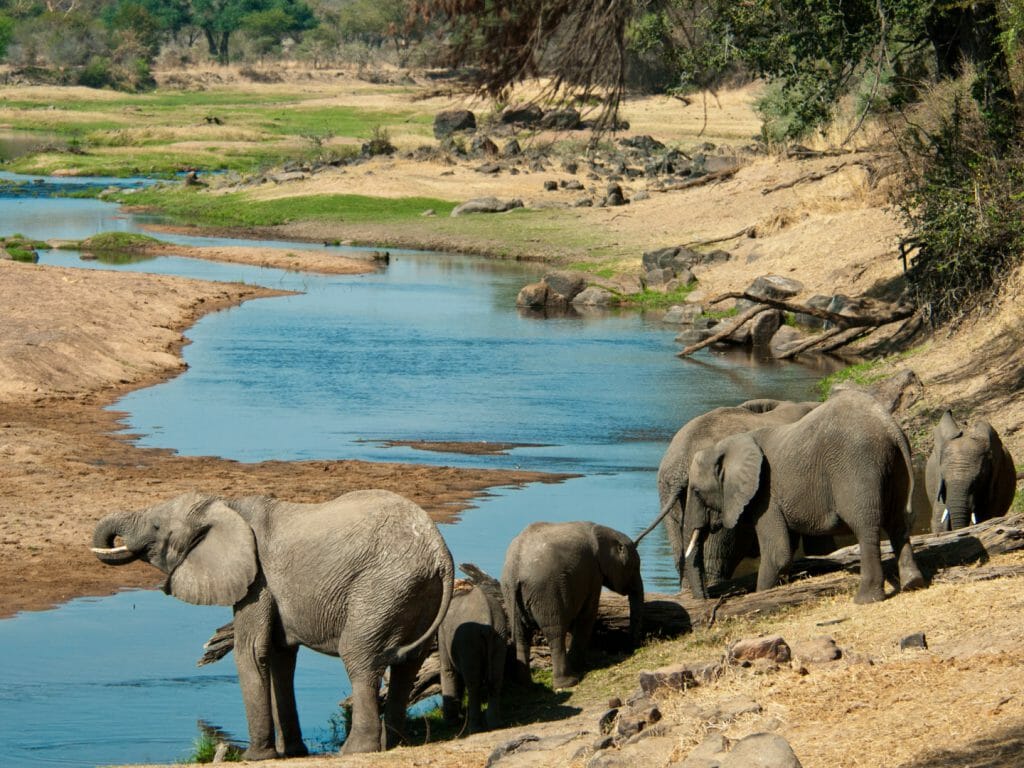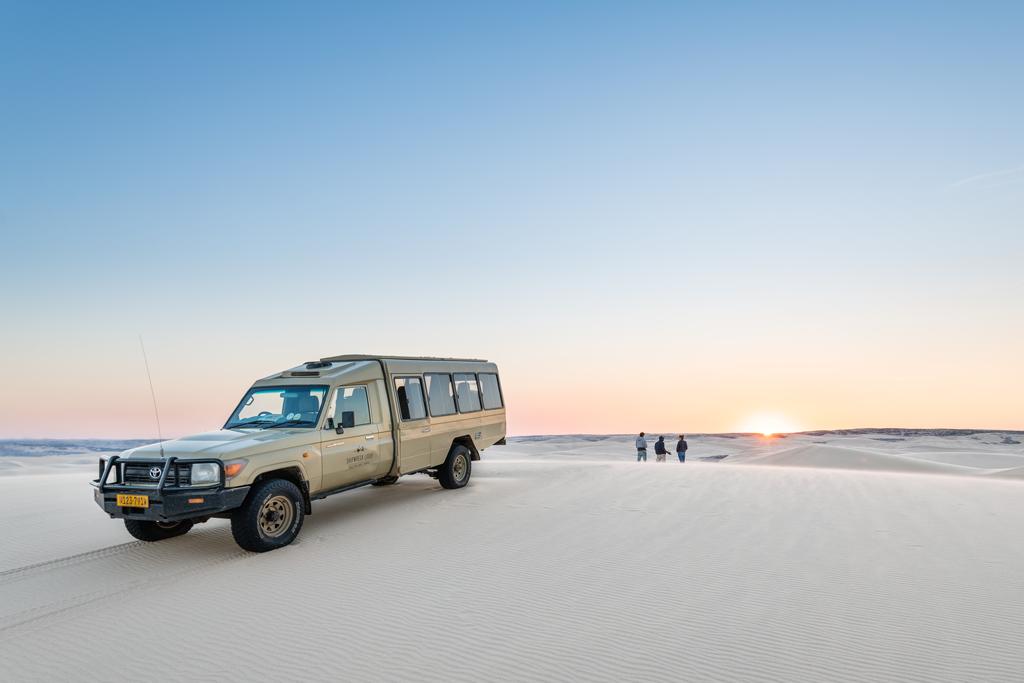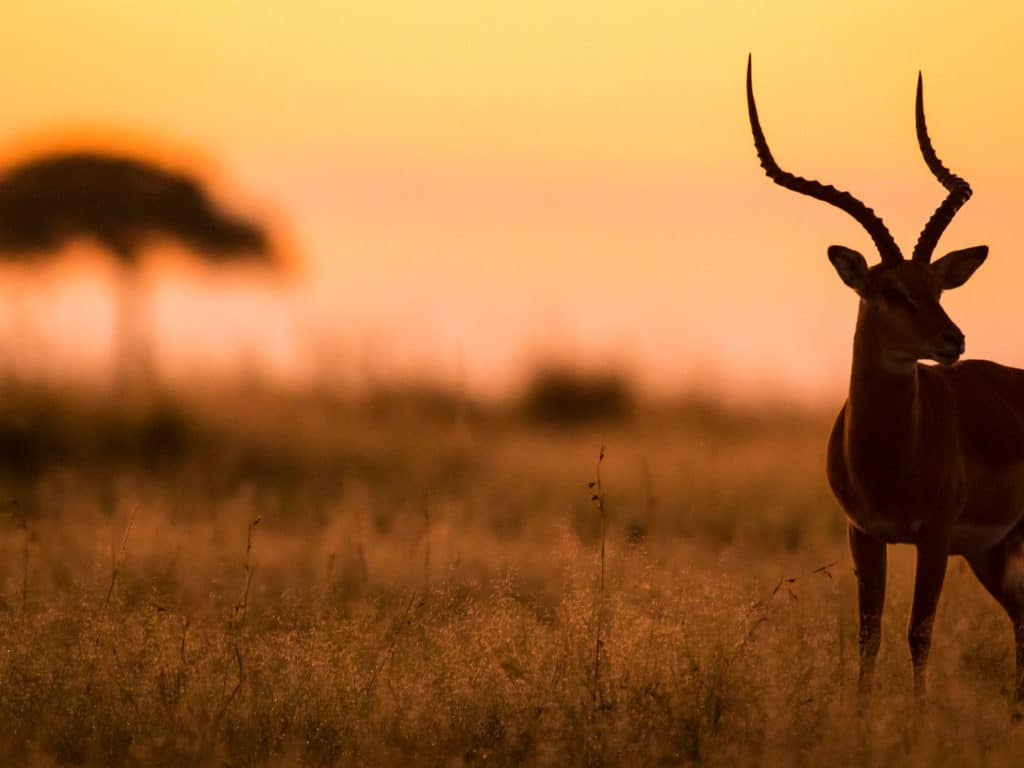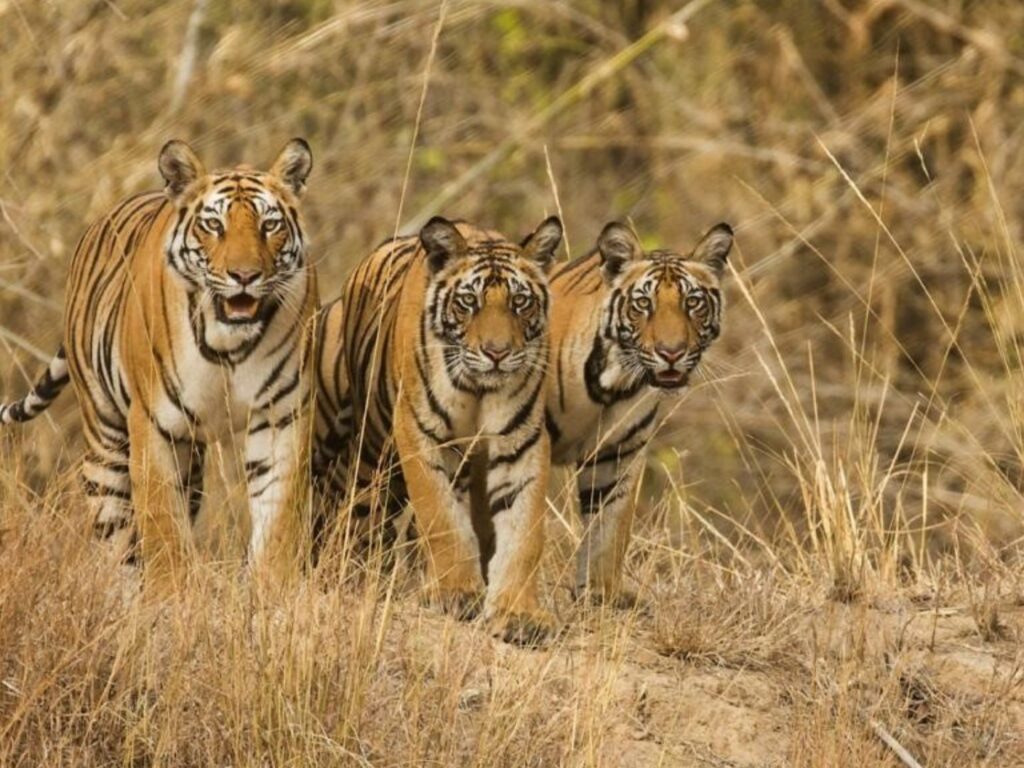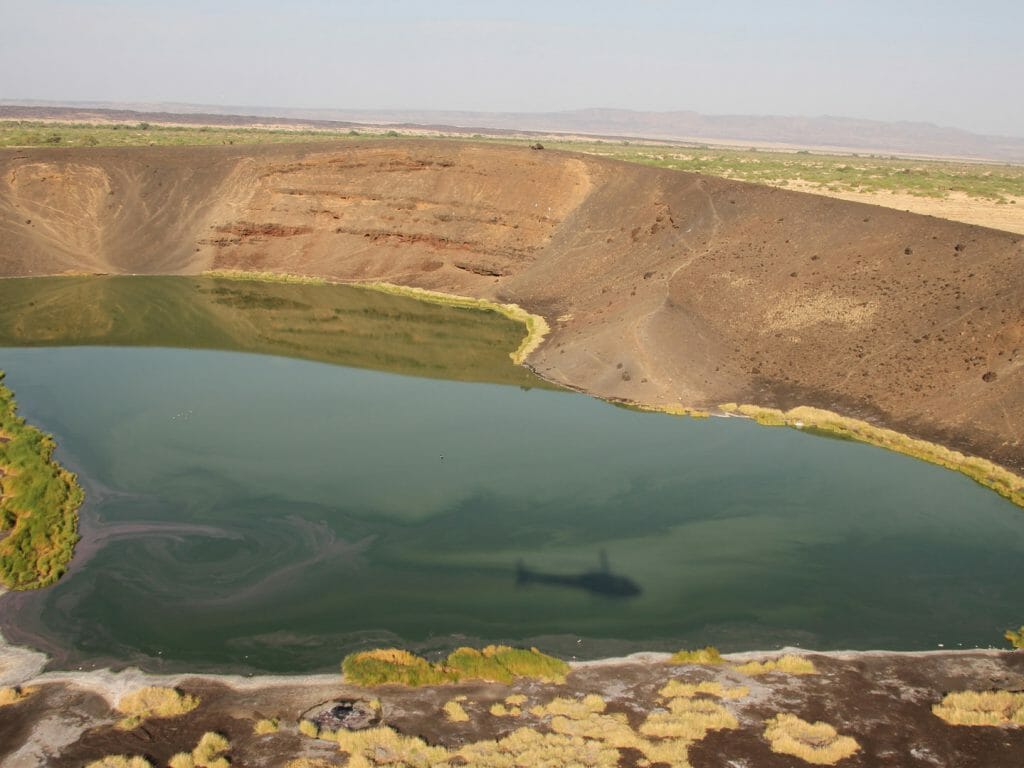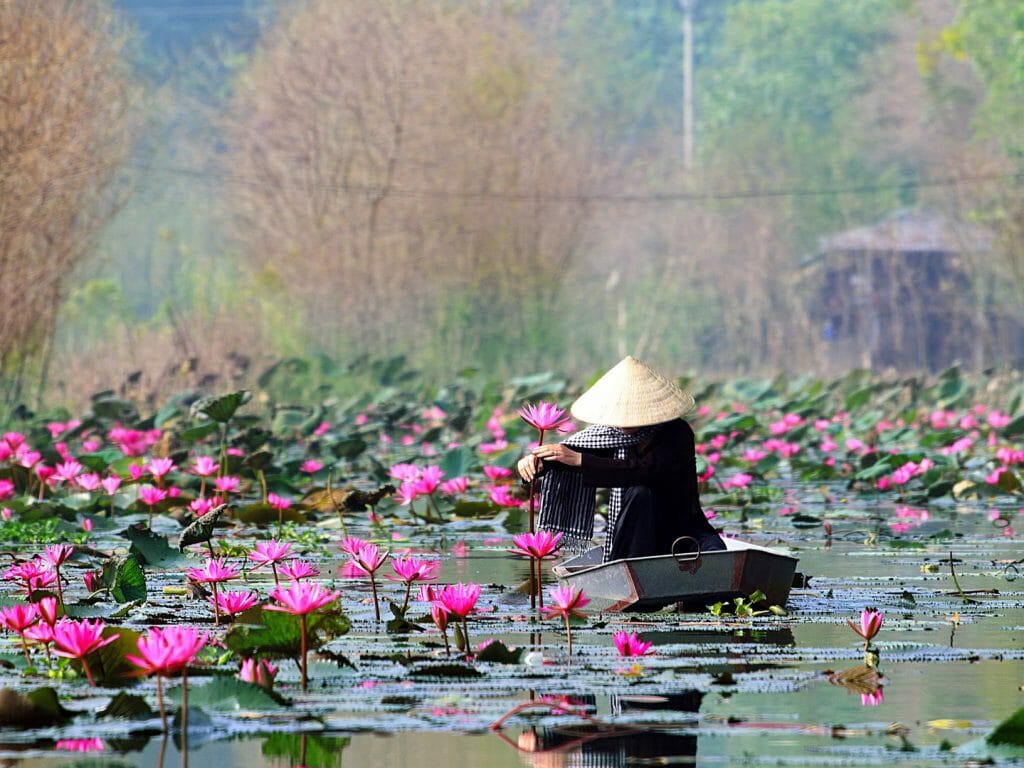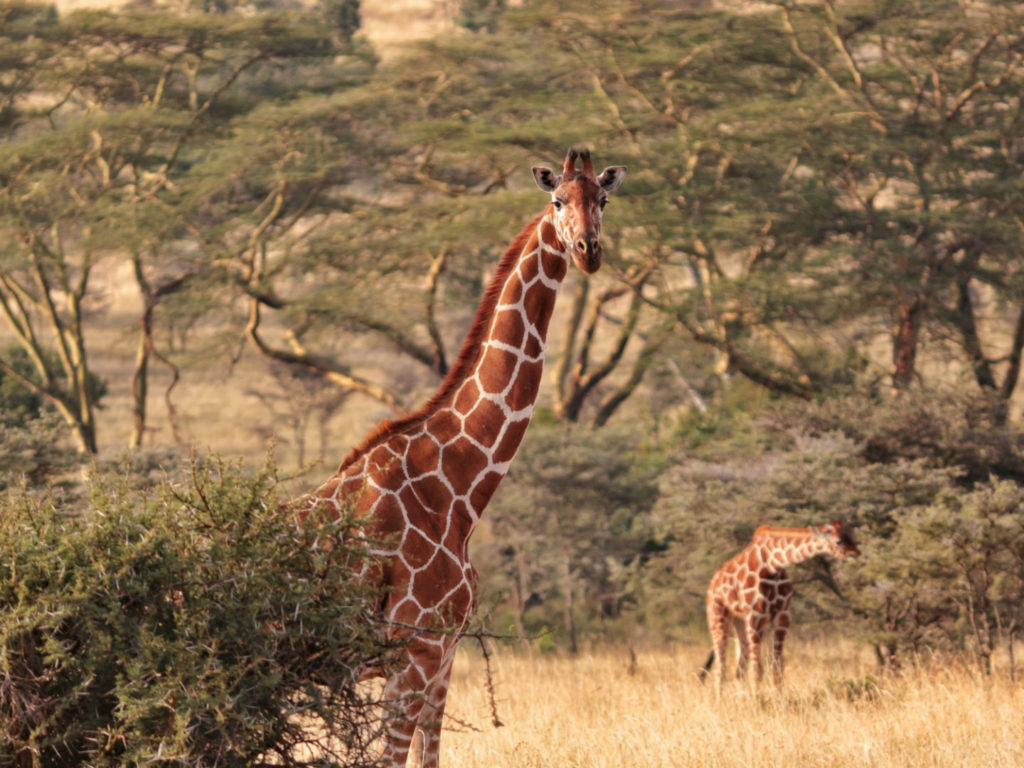Alfie Bowen is an exceptionally talented young autistic photographer and wildlife activist. His latest project – Wild World – offers a glimpse into the private lives of numerous wild animals from across the globe and reveals the highs and lows of living as an autistic environmental campaigner.
Bowen’s photographs are truly breathtaking. Hours are invested into every piece to ensure the results are exactly as Bowen envisioned, and he conducts in-depth research on every animal he captures, believing it is of the utmost importance to understand his subjects. In his debut book Wild World, Bowen discusses overcoming the limitations of technology and how autism has given him the obsession needed to persevere in often cold, lonely and difficult circumstances.
From Bowen’s relation of his struggle to capture the perfect picture of a cheetah to his majestic portraits of some of the most beloved animals on the planet, this book captures the powerful sensory experience Bowen enjoys whenever he immerses himself in nature.
“The photographs are outstanding, and the story behind them inspirational. Given the odds stacked against Alfie throughout his life, this book is a significant success and bodes very well for a continued and very inspiring career as a world-class photographer.”
Chris Packham
Below are just a few of Alfie’s favourite images from his debut book, accompanied by some ideas of how you can experience the wildlife for yourself and support their ongoing conservation through your travels.
You can preorder and purchase the book here. Proceeds from book sales will go to WWF and for every book purchased through the website, a tree will be planted in the WaterBear Forest at Alladale Wilderness Reserve in the Scottish Highlands.
Wild World Travel Inspiration
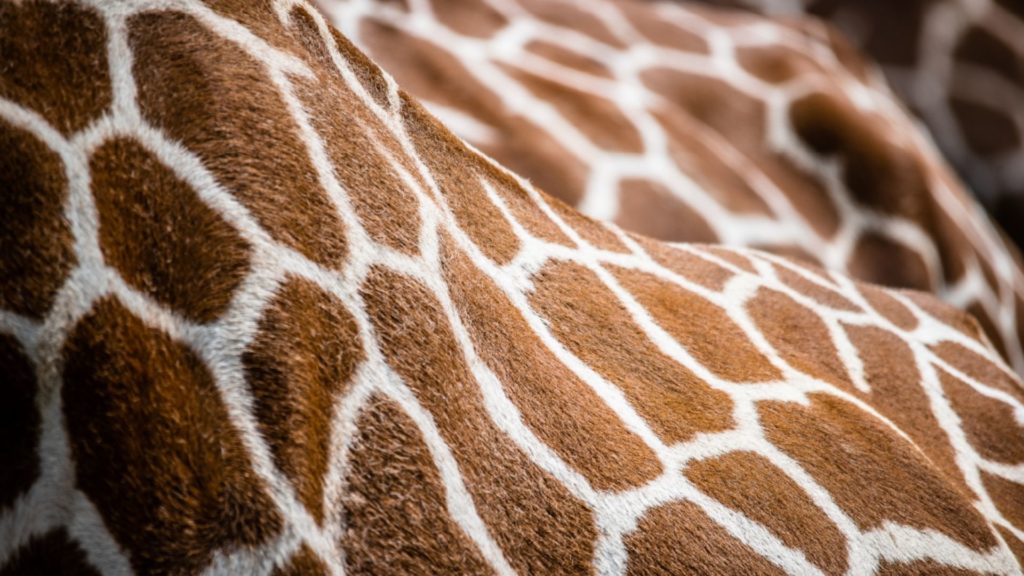
Giraffe, photographed by Alfie Bowen
Giraffe Travel Inspiration – Namibia
Giraffes have ranged across current-day Namibia for many thousands of years and evidence of this can be found in petroglyphs, rock paintings and engravings of giraffe in the Kunene Region. They have long had cultural significance for the region’s indigenous communities and are of ceremonial importance as well but in the mid-1990s, giraffe populations were at their lowest in Namibia. However, since then, conservation efforts have successfully increased and expanded their range across the country. Namibia is now one of only a few countries in Africa with a growing giraffe population, a success that can be attributed to the combined forces and collaboration of many partners. As the first African country to incorporate protection of the environment into its constitution, 40% of Namibia’s land is sustainably managed in protected areas, communal and freehold conservancies, community forests and tourism concessions.
Where To Stay: Hoanib Valley Camp, Namibia
Set in the heart of Kaokoland, one of the most remote parts of Namibia, Hoanib Valley Camp is a joint venture between the local Himba community and Giraffe Conservation Foundation. Hoanib Valley Camp is spectacularly located, at the heart of one of Namibia’s wildest regions. But whilst the landscape is stunning, it is the wildlife living here that is a particular draw. Desert-adapted elephants and giraffes are found here, as well as zebras, klipspringers and kudu. And what this ecosystem lacks in animal numbers, it more than makes up for in dramatic backdrops, meaning that sightings are inevitably set against dramatic desert landscapes.
What To Support: Giraffe Conservation Foundation
Currently, GCF works on, manages and supports giraffe conservation programmes and initiatives that concern all four species of giraffe in 16 African countries. Their involvement ranges from implementation to providing technical support to partners, from conservation monitoring to hands-on conservation actions, from direct to indirect support.
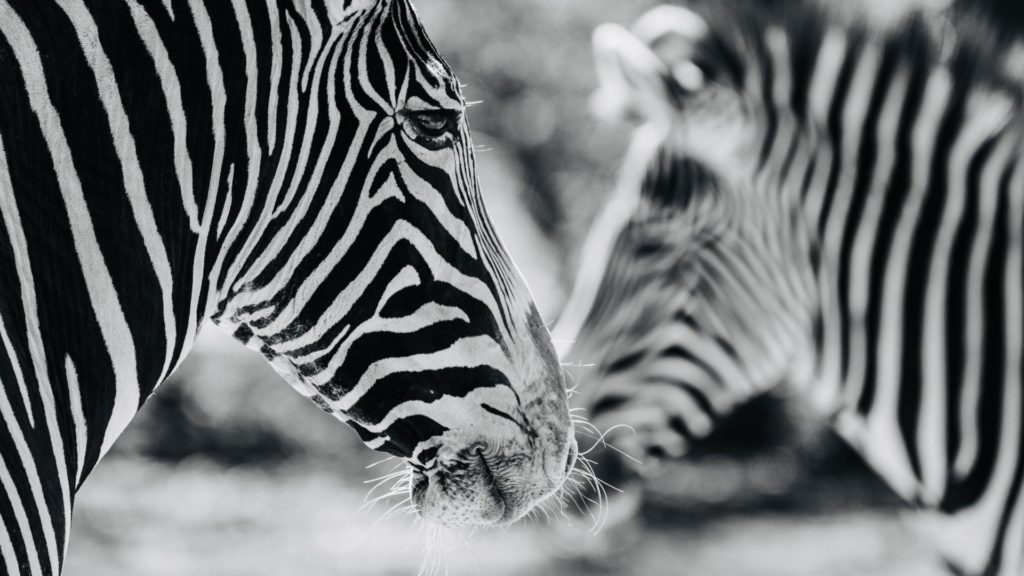
Zebra, photographed by Alfie Bowen
Zebra Travel Inspiration – Kenya
With black and white striped coats each zebra’s markings are unique to the individual and make them recognisable from the herd. There are three different species of zebra in Africa – Grevy, Plains (also known as Burchells) and Mountain zebra. Found almost exclusively in northern Kenya, the Grevy’s zebra remains endangered. This unique species of zebra is known for its striking, tall appearance, thin stripes and elegant gait. In the late 1970s, over 15,000 Grevy’s zebras roamed in the wild. Hunting and poaching drastically reduced the population over the years, and the 2016 Great Grevy’s census results indicated that Kenya is now home to 2,350 Grevy’s zebras, 90% of the world’s population.
Where To Stay: Lewa Safari Camp, Kenya
Lewa Safari Camp is a charming and very homely safari camp, with an excellent reputation in the world-renowned Lewa Wildlife Conservancy. It has a great reputation gained due to its popularity with celebrities, conservationists and writers but remains incredibly relaxed and open, both in terms of the views and the welcome you receive. A beautiful lodge with a great atmosphere. Just by staying here, you are helping to ensure that Lewa provides a safe and secure habitat with abundant resources required for Grevy zebra to thrive, including a predator-proof breeding area for Grevy’s zebra and along with other partners continue to carry out monitoring programmes focusing on reducing mortality rates, increasing the chances of juvenile zebra survival, and improving the zebra’s range and environment.
What To Support: Lewa Wildlife Conservancy
An incredible example of the power of community-based conservation. Lewa has a multi-faceted approach for conservation with programmes in wildlife management, human-wildlife coexistence, education, community/livelihoods, and healthcare in recognition of the needs of the communities.
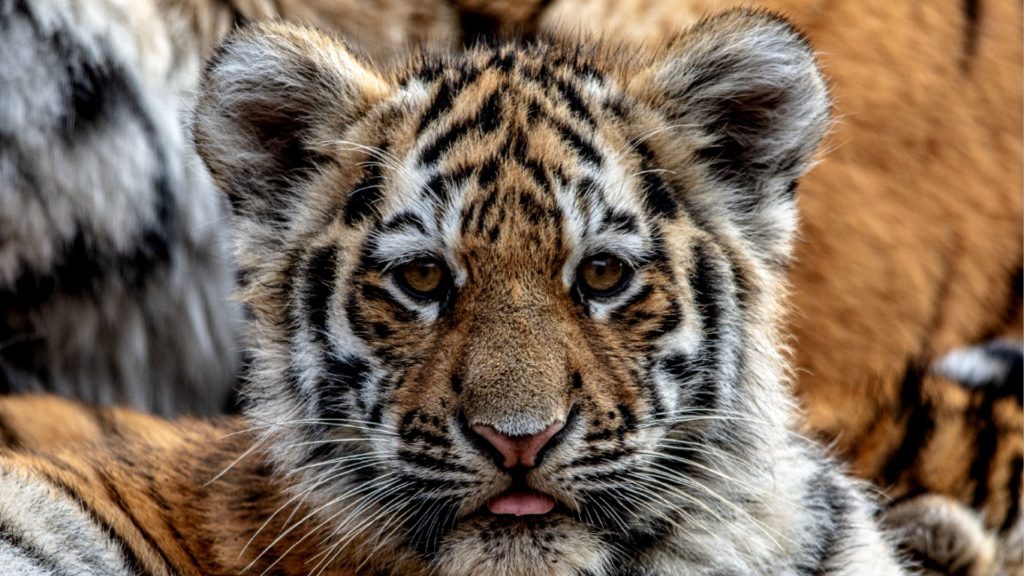
Tiger Travel Inspiration – India
In the heart of Central India and two hours south of Nagpur is the Tadoba Andhari Tiger Reserve, one of India’s most exciting and best-protected tiger reserves. Dominated by teak forest and bamboo, it’s a rugged landscape comprising cliffs, caves, marshes, perennial lakes and boulder-strewn streambeds that cater to a host of biodiversity, not least the tigers, which number from 75 to 100 by the last count. Tadoba has a series of camera traps set up around camps that continually monitor the comings and goings of the local wildlife.
Where To Stay: Tiger Trails Jungle Lodge, India
With more visible tiger sightings than any other reserve in the country, the Tiger Trails Jungle Lodge is the perfect hideaway to immerse yourself in the outstanding wilderness of the Tadoba Andhari Tiger Reserve. The lodge also advocates walking and boat safaris as an alternative way to the regular jeep safaris, avoiding the crowds.
What To Support: TOFTigers
TOFTigers is a pioneering campaign and leader in advocating sustainable tourism in South Asia as a wildlife conservation tool. Their mission is to make tourism a force for good – protecting biodiversity, restoring habitats, supporting rural livelihoods and raising awareness of the vital role played by natural services from clean air, water security, carbon sequestration and flood prevention to food, medicines and wellbeing.
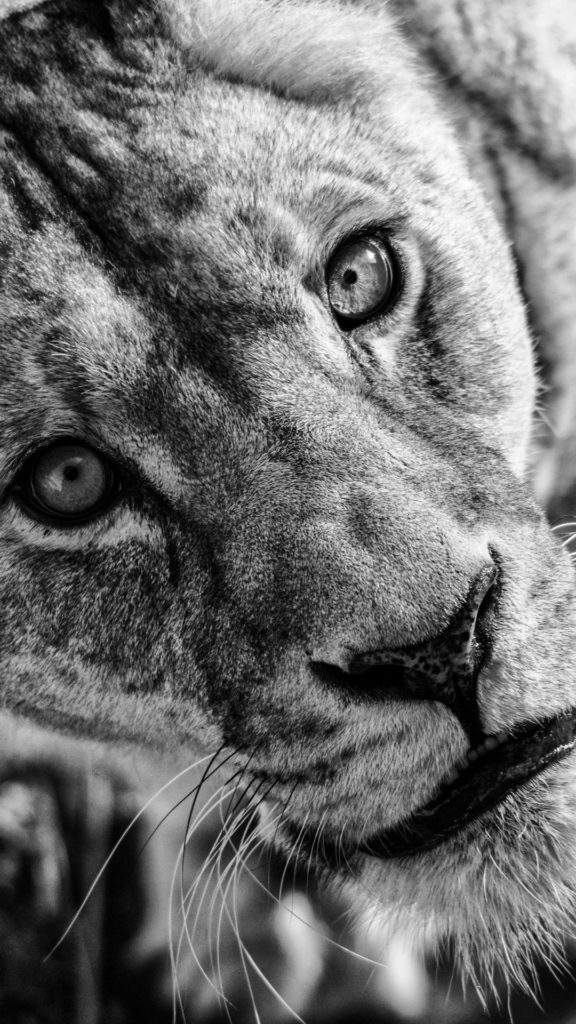
Lioness, photographed by Alfie Bowen
Lion Travel Inspiration – Zambia
Zambia has approximately 1,200 lions, one of the largest lion populations on the continent. More than 40% of the U-shaped country is protected land, with over 120,000 square miles of national parks, sanctuaries and game management areas for lions to roam.
The home of the walking safari, Zambia is renowned for on-foot adventures. Sleep in small bush camps, track lion paw prints at first light and finish the day ankle-deep in the cooling waters of one of the Zambezi’s quiet tributaries.
Where To Stay: King Lewanika Camp, Liuwa Plains, Zambia
Famous for its lions, Liuwa is also home to the second-largest wildebeest migration in Africa and more than 300 bird species. Situated at the heart of the remote and untamed Liuwa Plains National Park, it is the only permanent camp inside the park. The lodge is located on the upper Munde stream, a site chosen for its sweeping vistas and complete wildlife immersion. This camp is named after King Lewanika of the Lozi people, who proclaimed Liuwa Plain a protected area in the early 1880s, making it one of the earliest national parks in Africa. Today it remains an unspoilt area, hosting a pageant of the rare game and wild beauty.
What To Support: Zambian Carnivore Programme
The Zambian Carnivore Programme (ZCP) is a non-profit Zambian-registered trust working in close collaboration with the Department of National Parks and Wildlife (DNPW) and dedicated to conserving large carnivores and the ecosystems they reside in through a three-pronged approach of Conservation Science, Conservation Action, and Conservation Capacity. During your stay at Liuwa Plains, you’ll be introduced to the work of the ZCP and invited to participate in collecting information on Liuwa’s carnivores during your safari activities.
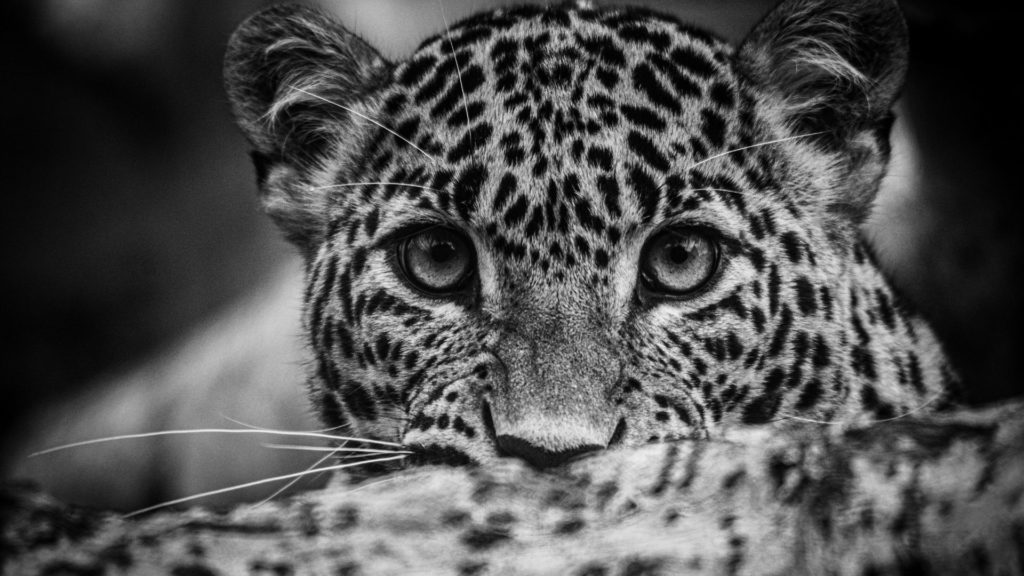
Leopard, photographed by Alfie Bowen
Leopard Travel Inspiration – Sri Lanka
Sri Lanka’s leopard population has dwindled over the past few decades; due to both being hunted by poachers and their natural habitats being encroached by human settlements. In 2008, with just an estimated 700-950 individuals left in the wild, the Sri Lankan leopard entered the dreaded International Union for Conservation of Nature’s (IUCN) Red List of Threatened Species, alongside many of the world’s most impressive apex predators. However, situated in the southeast of the country and bordering the Indian Ocean, Yala National Park is the second-largest national park in Sri Lanka and remains the best place to spot leopards in Sri Lanka.
Where To Stay: Noel Rodrigo Leopard Safaris Yala, Sri Lanka
Noel Rodrigo’s Leopard Safaris is an award-winning safari camp found in Yala National Park. This non-permanent camp prides itself, and rightly so, on its guides having been founded by Noel Rodrigo in 2006 after 35 years tracking leopards in the park. Accommodation varies across classic mobile tents and luxury lodge tents in an African safari style. Noel Rodrigo’s Leopard Safaris offers tented camping options with jeep safaris into the park included. This unique camping experience is hands-down the best way to see Yala. Staying on the border of the park and dining under the stars is an unforgettable experience. The standard of guiding is world-class. Leopards are a particular area of expertise for Noel and his team who provide support to the Leopard Project, part of the Wilderness & Wildlife Conservation Trust. It’s great for anyone looking to add a little adventure to their trip.
What To Support: Wildlife & Wilderness Conservation Trust’s Leopard Project
The Wilderness and Wildlife Conservation Trust (WWCT), works toward the conservation and protection of the many species that call Sri Lanka home. Focusing primarily on the Sri Lankan leopard, the WWCT conducts ecological research in multiple locations across the island to establish key data relevant to the importance of the leopard and the influence this species has on its environment. The WWCT also focuses on raising awareness through education in relevant organisations, communities, and schools to help maintain a peaceful human-leopard dynamic and to preserve the habitat in which the leopard, and biodiversity, can thrive.
If you’re feeling inspired to travel to create your own wild world then do get in touch with our travel experts to start planning your journey.


